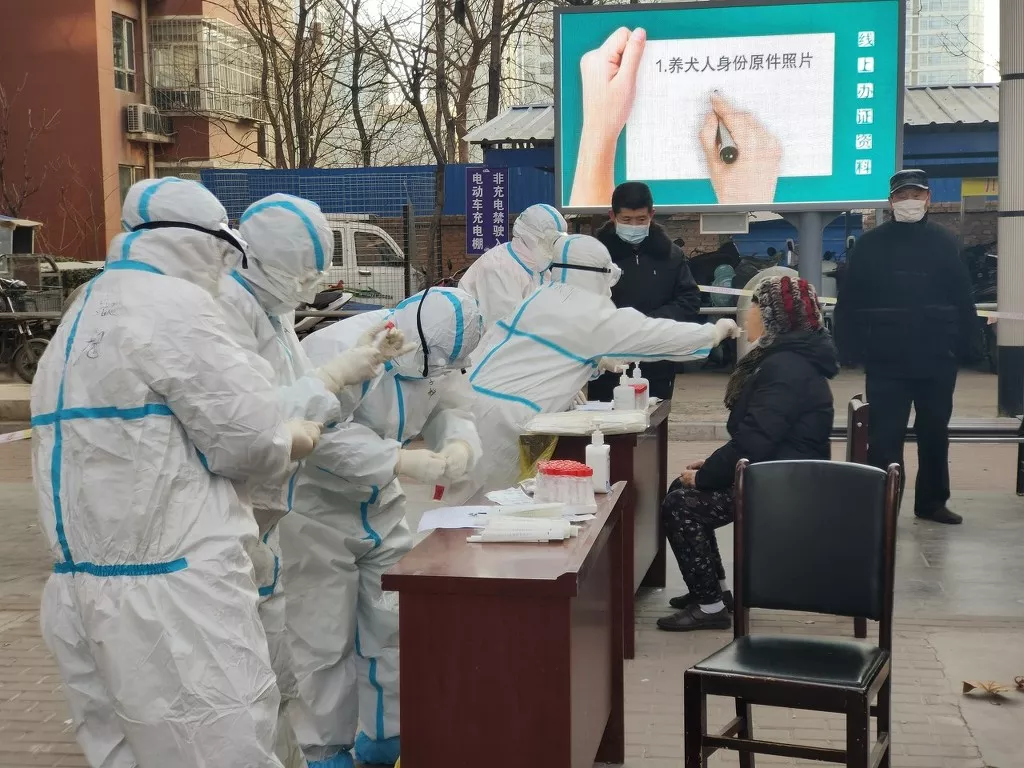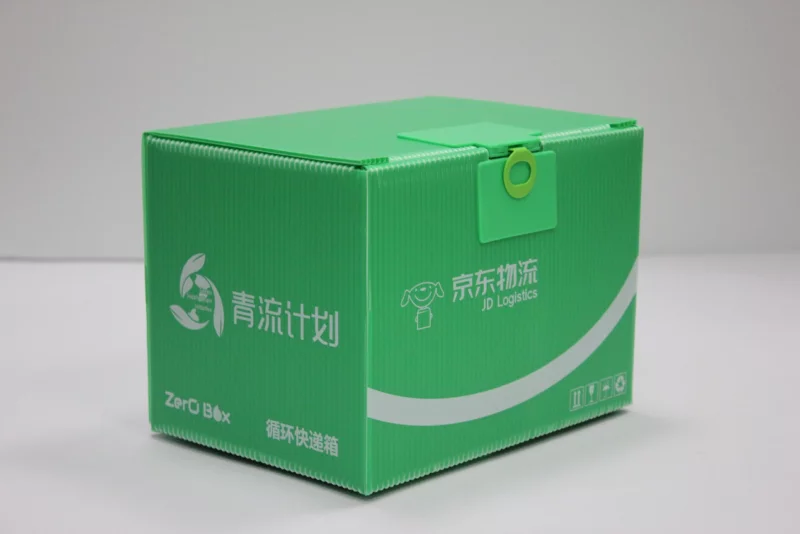“Hebei COVID-19”, “new Shenyang case had 5 COVID-19 tests before positive result”, “Shujiazhuang COVID-19” “Heibei has 127 local COVID-19 cases” were all hot topics on Weibo today as China has experienced a spike in the number of COVID-19 cases. Many citizens have turned to Weibo as their main source for news during the pandemic as it provides regular notifications and updates on the latest case figures.
While China had widely controlled the virus in the second half of 2020, a series of new outbreaks across the country have caused concerns.
The city of Shijiazhuang in Hebei province rolled out city-wide COVID-19 testing on Wednesday (January 6) after registering over 200 new cases in 5 days. This is the largest number of transmitted cases China has seen for over five months. The city of 11 million people launched a city-wide lockdown yesterday which restricted all residents from leaving the city. Over 5,000 testing sites have been established throughout the city.
Due to concerns about the new mutant form of the virus which was first detected in the UK, some provinces are taking extra preventative measures for overseas travellers. Anyone travelling to China is subject to a strict 14-day quarantine in their accommodation or a hotel. However, Zhejiang province has decided to introduce a “14+7+7” model for new arrivals from overseas. This includes 14 days of centralized quarantine, 7 days quarantining at home, and 7 days of daily health monitoring.
The growth of cases has resulted in concerns about mass travel during the upcoming Chinese New Year holiday which will take place in mid-February. The local governments of Beijing, Shanghai, Anhui, Fujian and Henan have advised people not to travel during Chinese New Year because of the risks of transmitting the virus. The Chinese government has also suggested that parties should be restricted to fewer than 10 people.
On December 15, China officially launched its vaccination program and identified the key groups that would receive priority for vaccines, this includes:
- Workers responsible for cold-chain products
- Customs officers
- Medical staff
- Public transport staff
In Guangdong province, nearly all key groups had received the first COVID vaccine as of January 8, a total of 1.21 million people.
Read more:









